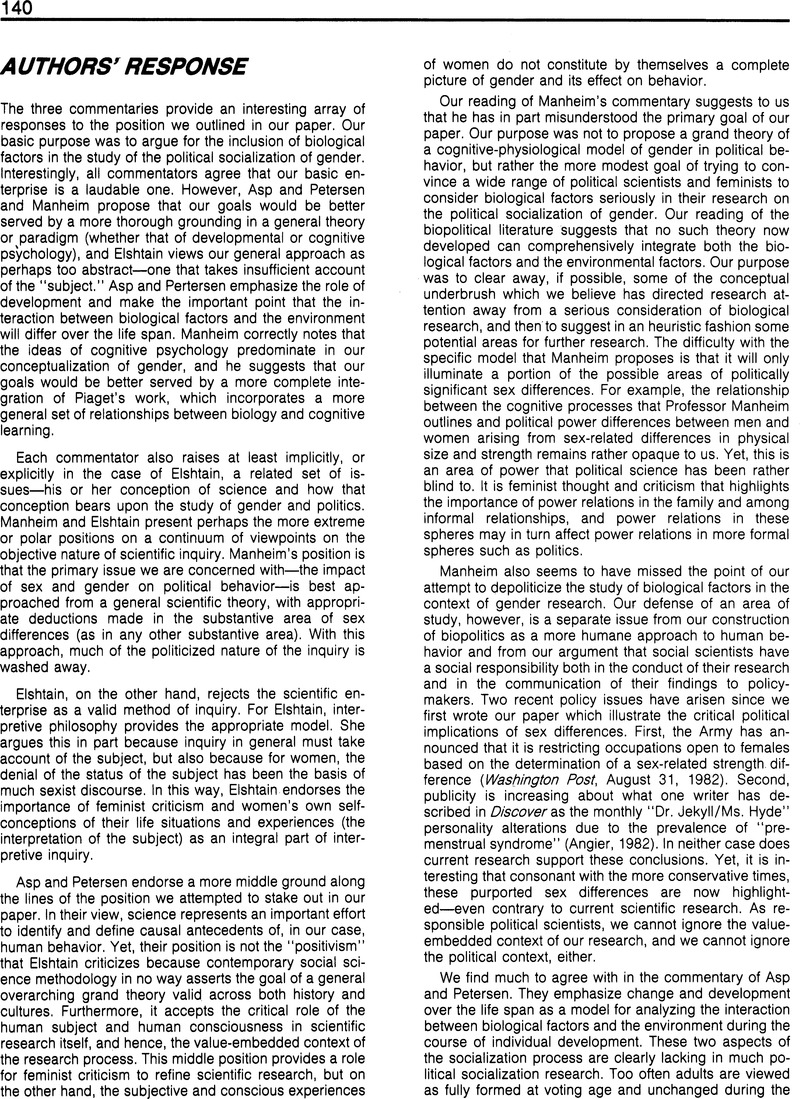Crossref Citations
This article has been cited by the following publications. This list is generated based on data provided by Crossref.
Hara, Takahiro
Teruya, Hiroyoshi
Shiono, Takahiro
Ikoma, Hiroki
Tetsuka, Takahisa
Matsui, Katsuhiro
and
Michiyama, Hiroyasu
2008.
Grain Yield and Morphological Character of Buckwheat (<I>Fagopyrum esculentum</I> Moench) Grown in Winter in Subtropical Japan.
Japanese Journal of Crop Science,
Vol. 77,
Issue. 2,
p.
151.



